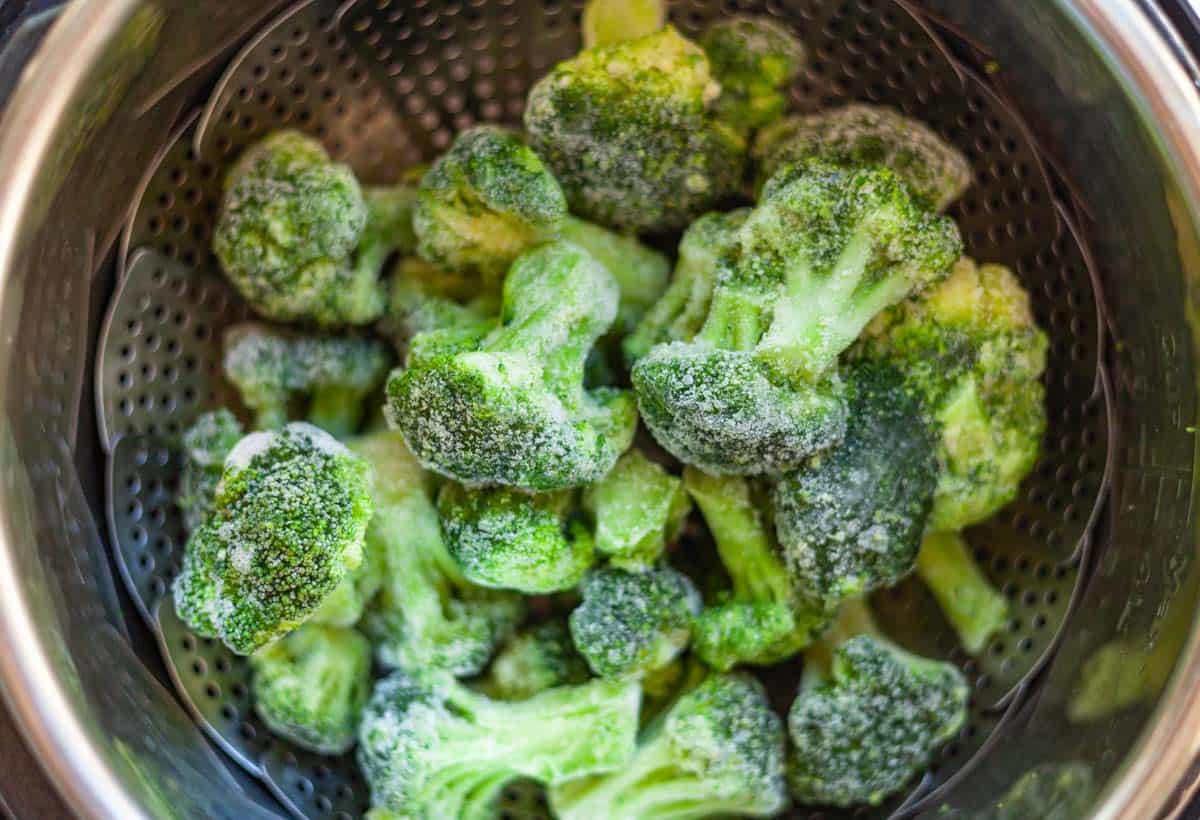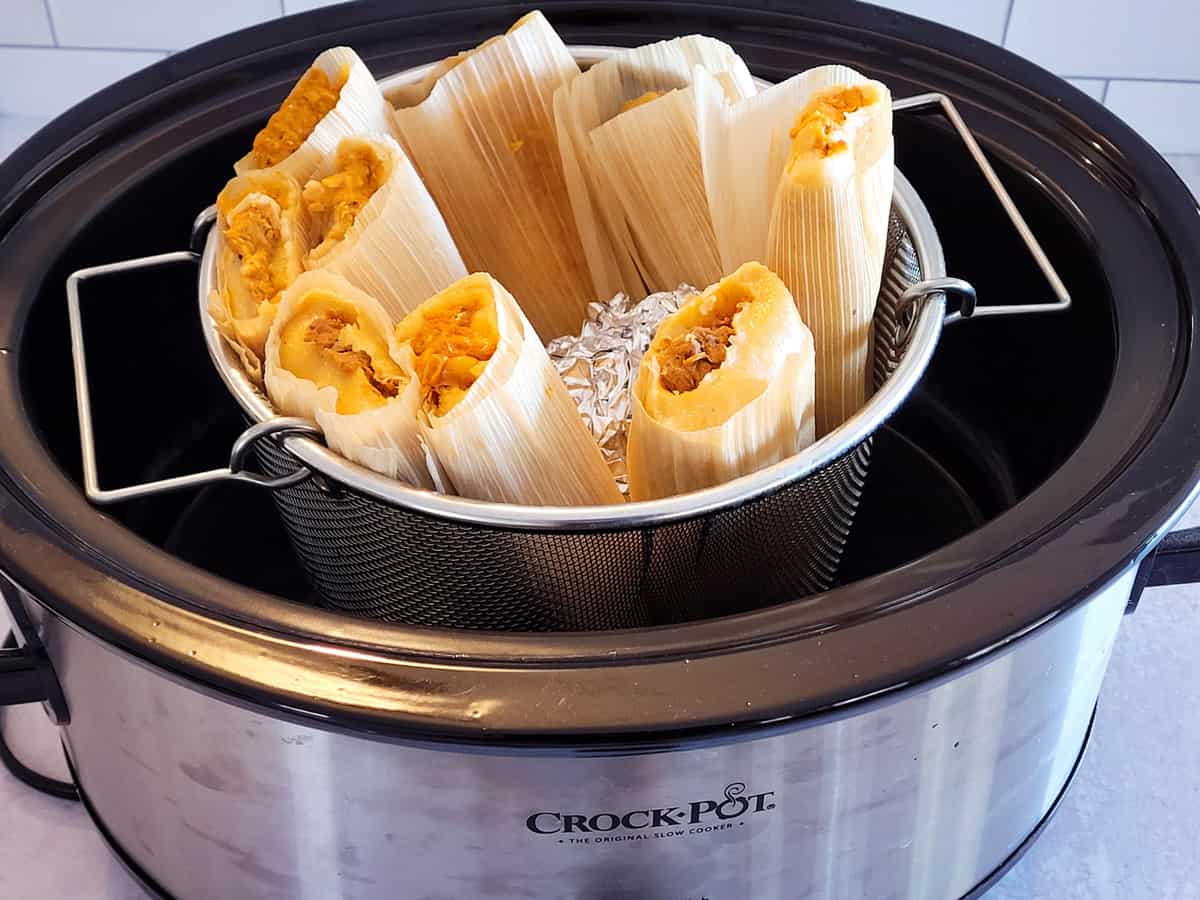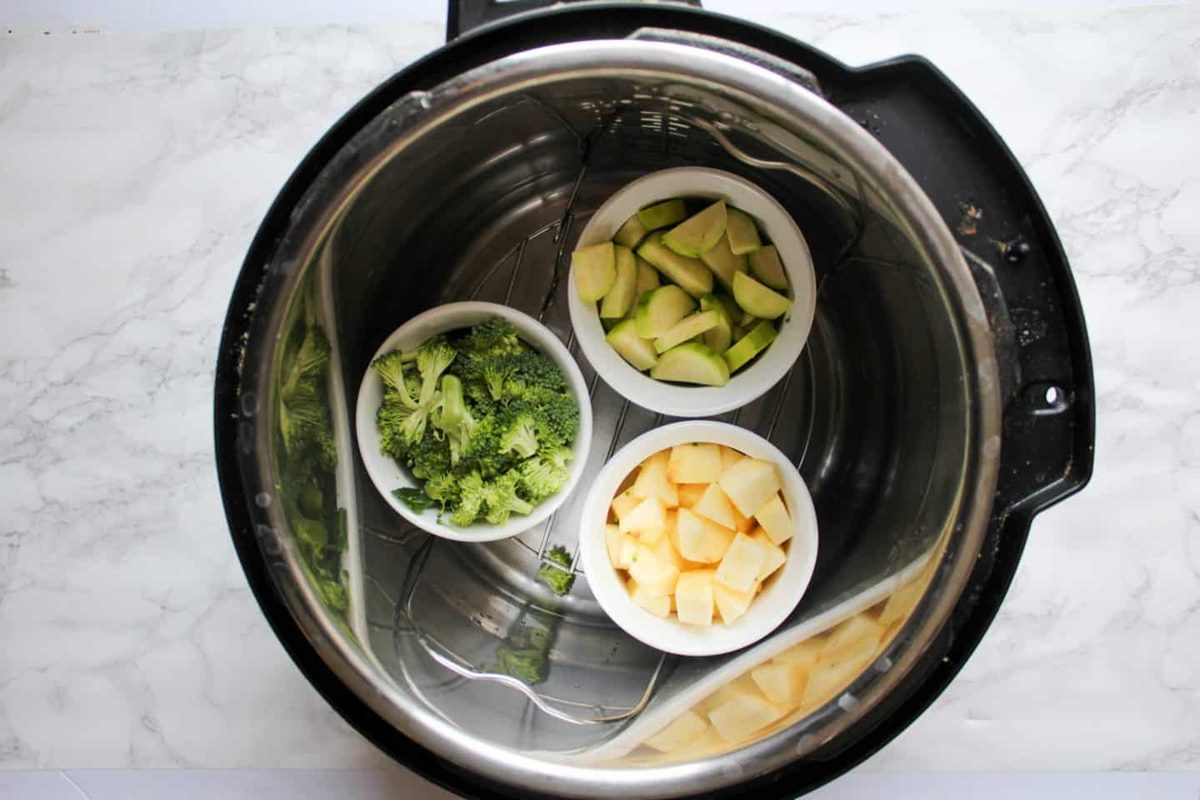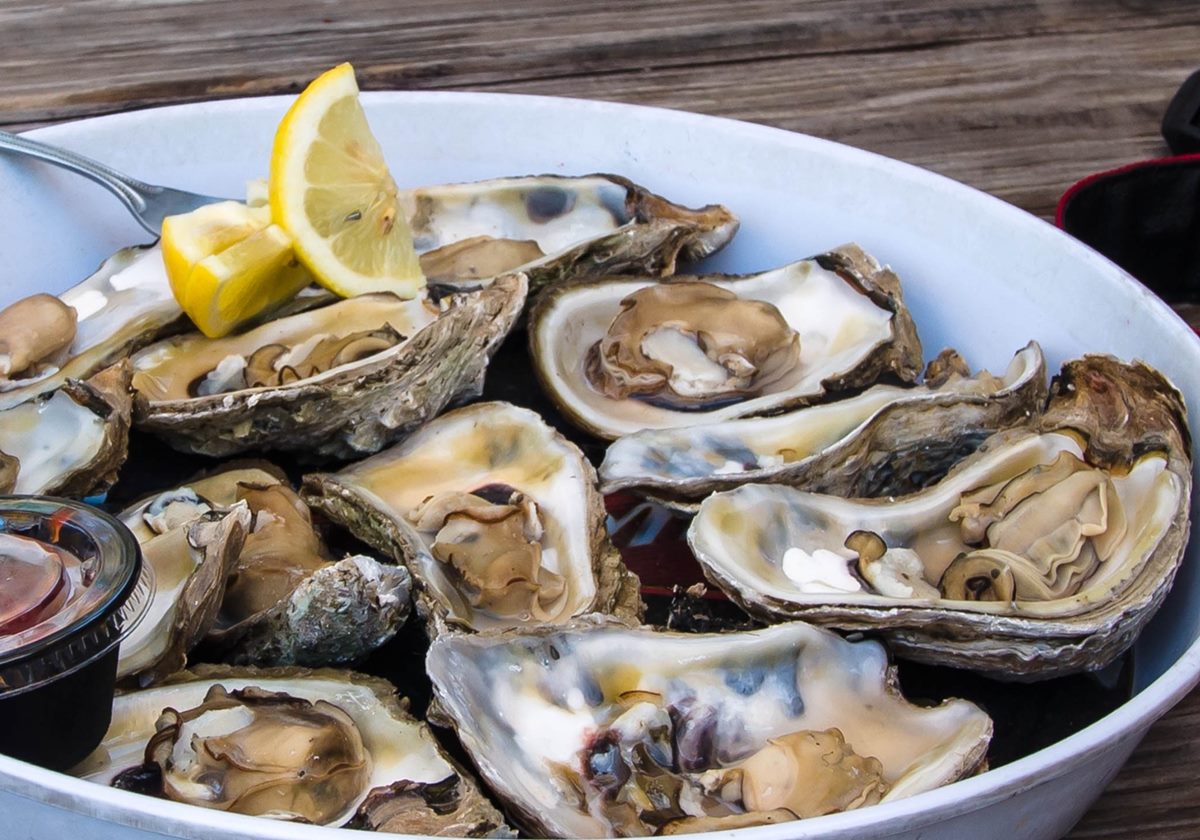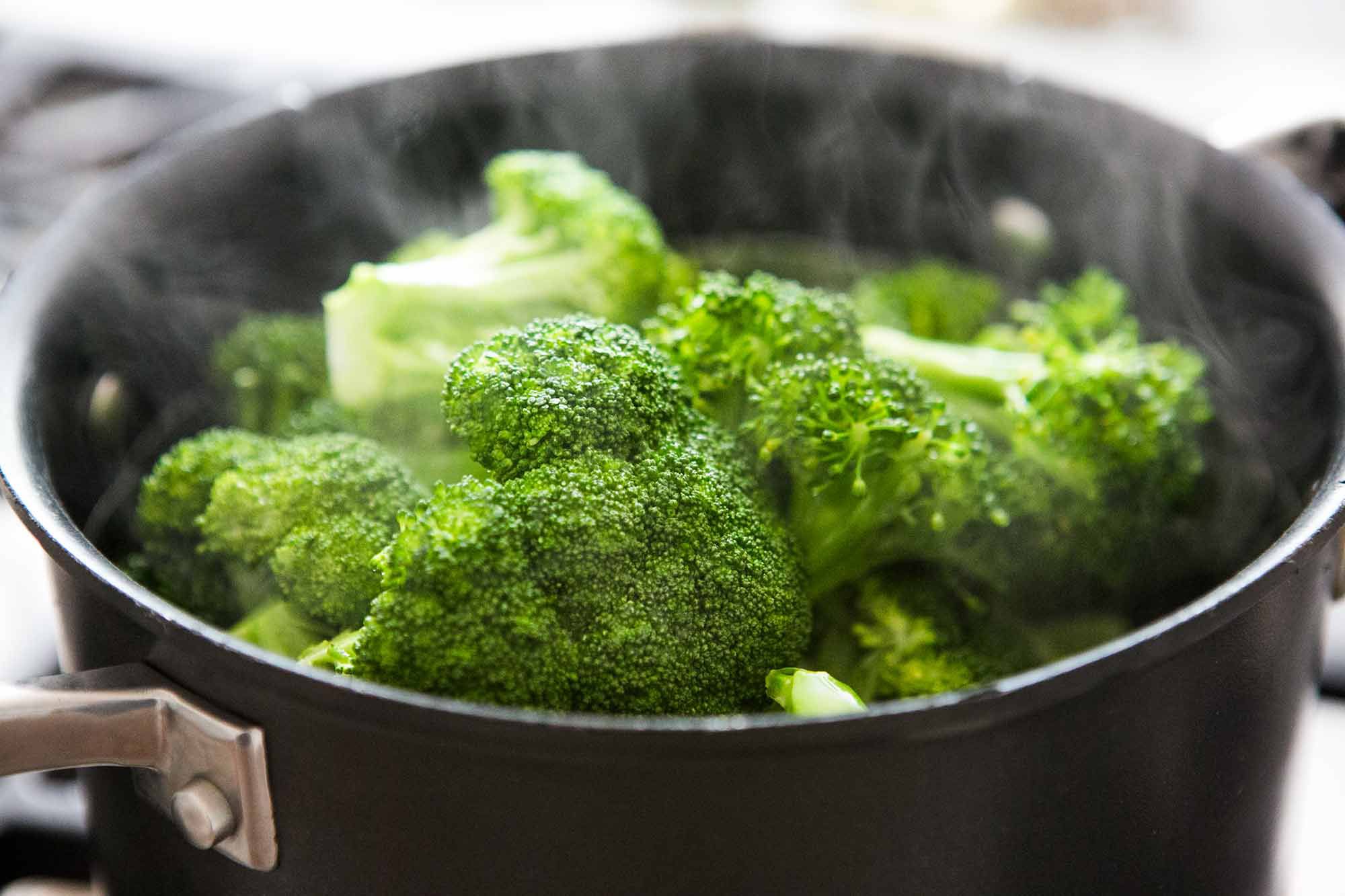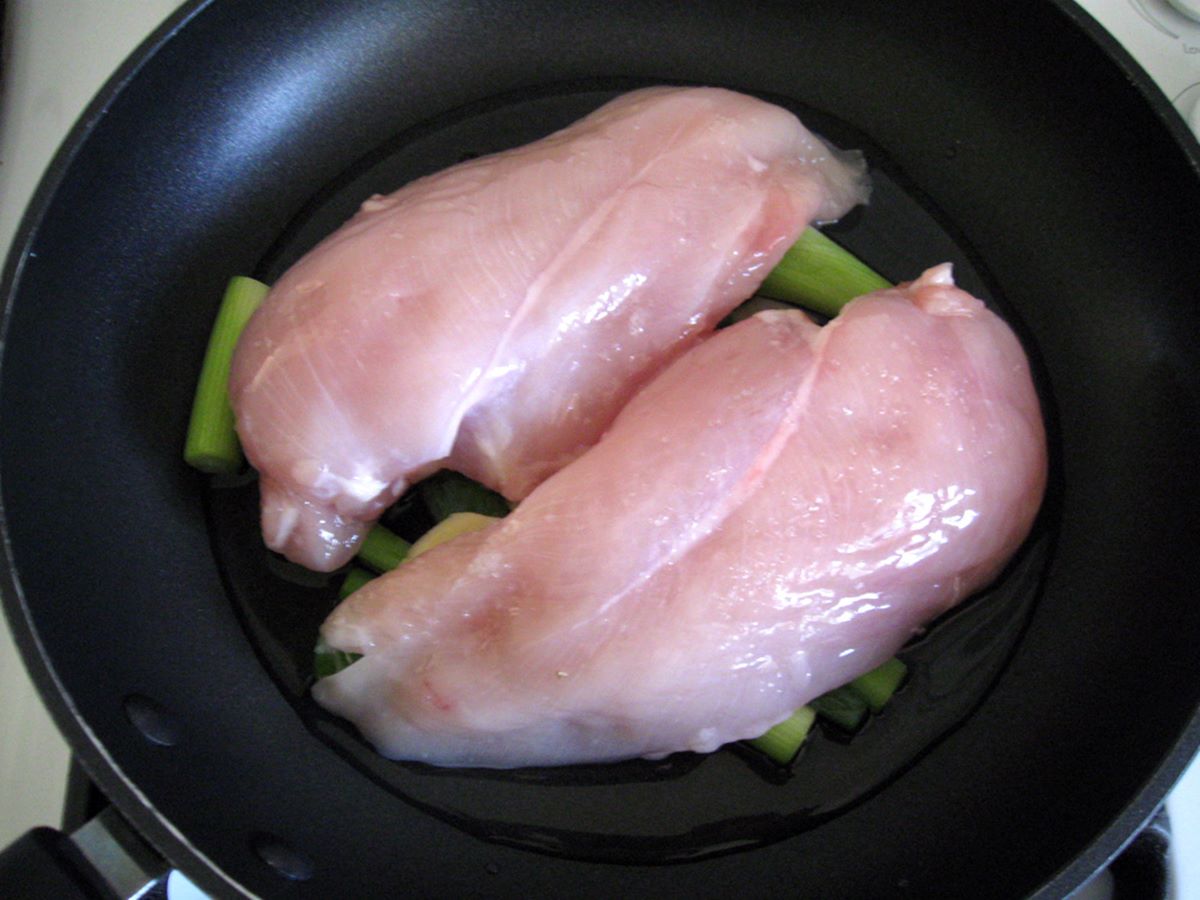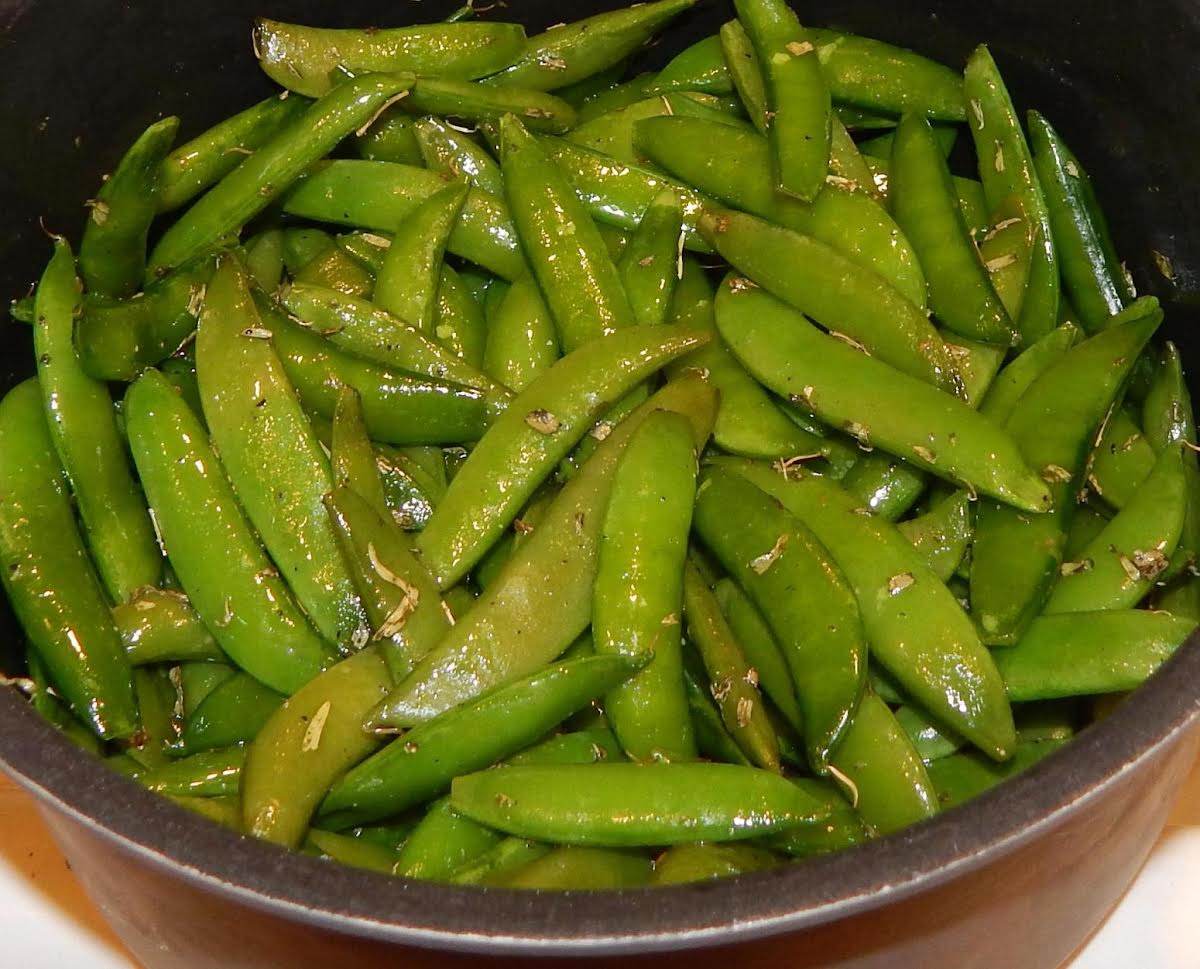How To Steam Cauliflower On Stove
If you’re looking for a healthy and delicious way to enjoy cauliflower, steaming is the perfect cooking method. Steaming preserves the natural flavors and nutrients of the cauliflower, making it a nutritious addition to any meal. In this blog post, we will guide you through the steps to steam cauliflower on the stove.
What you’ll need:
- 1 head of cauliflower
- A steamer basket
- A pot with a lid
- Water
- Salt (optional)
Step-by-step guide:
- Start by washing the cauliflower under cold water. Remove any leaves and cut the head into smaller florets. This will help the cauliflower cook more evenly.
- Fill the pot with about an inch of water and place it on the stove over medium heat. Place the steamer basket inside the pot.
- Once the water comes to a boil, add the cauliflower florets to the steamer basket. Make sure the florets are not submerged in the water, as we want to steam them, not boil them.
- Reduce the heat to low and cover the pot with the lid. Allow the cauliflower to steam for about 5-7 minutes, or until it becomes tender.
- To check if the cauliflower is cooked, insert a fork into a floret. If it easily goes through, it’s ready. If not, continue steaming for a few more minutes.
- Once the cauliflower is cooked to your desired texture, remove it from the heat and carefully transfer it to a serving dish. Season with salt if desired.
- Your steamed cauliflower is now ready to be enjoyed as a side dish, added to salads, or incorporated into your favorite recipes. It’s a versatile and nutritious vegetable that pairs well with a variety of flavors.
Steamed cauliflower retains its natural crunch and vibrant color, making it a visually appealing addition to your meals. It’s also a great option for those following a low-carb or gluten-free diet.
Remember, steaming is just one of the many ways to cook cauliflower. You can also roast, grill, or even mash it for different textures and flavors. Exploring different cooking methods will help you discover new ways to enjoy this versatile vegetable.
So why not give steaming a try and incorporate more cauliflower into your diet? It’s an easy and healthy way to enjoy this nutritious vegetable while preserving its natural goodness.
Do you have any tips or favorite recipes for steamed cauliflower? Let us know in the comments below!
For those looking to master the art of steaming cauliflower on the stove, there are a variety of recipes to try out that truly highlight this cooking method. One standout is Steamed Cauliflower with Cheese Sauce, which combines the tender crunch of cauliflower with a rich, creamy topping. Another great option is the Steamed Cauliflower and Broccoli Medley, perfect for adding a mix of textures and flavors to your meal. For those who enjoy bold sauces, Steamed Cauliflower with Tahini Dressing offers a nutty and slightly tangy twist. If you're looking for a wholesome meal, the Steamed Cauliflower and Quinoa Bowl is both nutritious and filling. Finally, Steamed Cauliflower with Herb Butter is a simple yet elegant dish that lets the natural flavor of the cauliflower shine with a hint of fresh herbs. These recipes provide a great starting point to use your new steaming skills and enjoy delicious, healthy meals.
Was this page helpful?
Read Next: How To Steam Fish Jamaican Style
